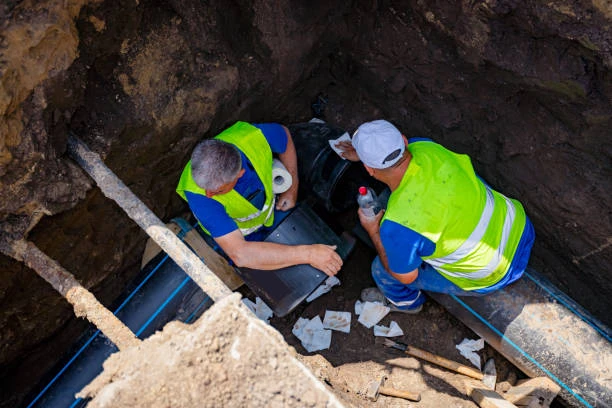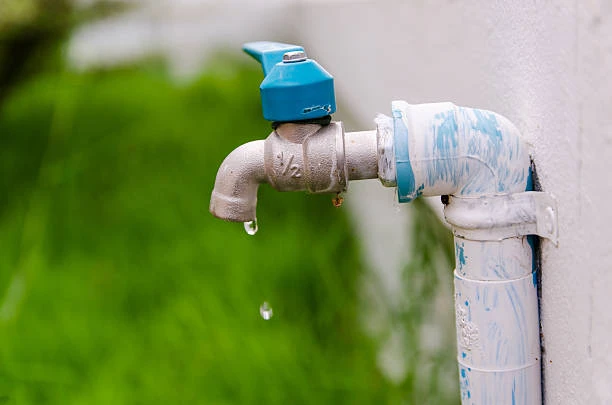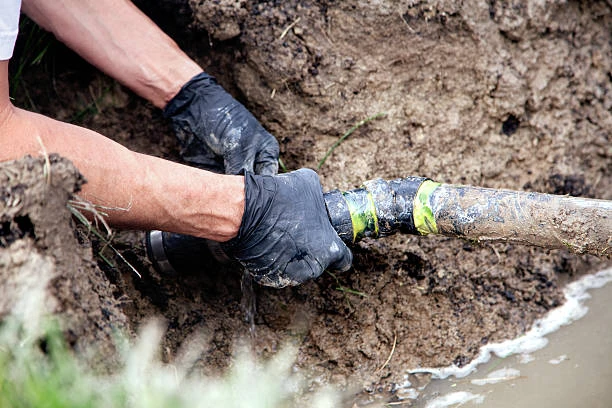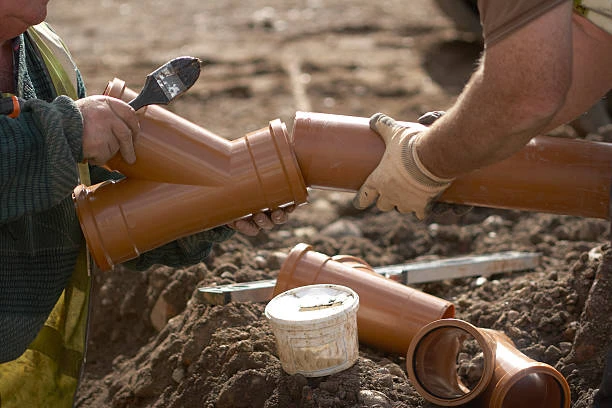1. Introduction
In modern plumbing systems, PE (Polyethylene) pipes have become a reliable and cost-effective solution. Thanks to their flexibility, corrosion resistance, and long service life, PE pipes are widely used in residential, commercial, and industrial plumbing. Whether transporting potable water, wastewater, or chemicals, PE pipe systems offer a wide range of advantages that traditional materials like metal or PVC may lack.
This article explores the key benefits of using PE pipes in plumbing applications and why they are increasingly preferred by engineers, contractors, and homeowners.
2. Frequently Asked Questions (FAQ)
1. Is PE pipe safe for drinking water?
Yes. PE pipes are non-toxic and meet international standards for potable water applications.
2. How long do PE pipes last?
When properly installed, PE pipes can last 50 to 100 years, depending on environmental conditions.
3. Can PE pipe be used for hot water?
Standard PE pipes are not suitable for high-temperature water. For hot water, PEX or PE-RT pipes are recommended.
4. Are PE pipes suitable for underground use?
Yes. PE pipes are highly resistant to corrosion, ground movement, and environmental stress, making them ideal for underground installations.
5. How are PE pipes joined?
PE pipes can be joined using heat fusion, electrofusion, or mechanical fittings, depending on the application.
3. Key Characteristics of PE Pipe
PE pipes are manufactured from high-density or medium-density polyethylene materials, offering the following key characteristics:
Flexibility: Can bend easily, reducing the need for fittings
Lightweight: Easy to transport and handle on-site
Chemical resistance: Resists most acids, alkalis, and salts
Low thermal conductivity: Minimizes heat loss or gain
Smooth internal surface: Reduces friction and prevents clogging
Environmentally friendly: Recyclable and non-toxic
4. Main Benefits of Using PE Pipes in Plumbing
a. Corrosion and Chemical Resistance
One of the greatest advantages of PE pipes is their resistance to both internal and external corrosion. Unlike metal pipes, PE does not rust or degrade when exposed to water, soil, or chemicals, making it suitable for long-term plumbing installations.
b. Durability and Longevity
PE pipes are designed to withstand tough conditions. They are resistant to abrasion, impact, and environmental stress cracking. This makes them ideal for underground plumbing where soil pressure and movement may affect pipe integrity. Their lifespan often exceeds 50 years.
c. Flexible Installation Options
The flexibility of PE pipes allows for installation in tight or curved spaces without the need for many joints or elbows. This is especially beneficial in renovation projects or areas with complex layouts.
d. Leak-Free Joints
Using heat fusion or electrofusion techniques, PE pipes can be joined into a monolithic system. This results in leak-free joints, which reduces water loss, lowers maintenance costs, and improves system efficiency.
e. Safe for Drinking Water
PE Pipe for Plumbing are certified for potable water use in many countries. They do not leach harmful substances and preserve the quality of drinking water during transport.
f. Cost-Effective
While the initial material cost may be comparable or slightly higher than some alternatives, the overall system cost—including labor, installation, and maintenance—is usually lower due to the pipe’s light weight, fewer joints, and minimal repair needs.
g. Resistance to Ground Movement
PE pipes can absorb shock and vibrations caused by seismic activity or heavy traffic loads above ground. This makes them a reliable choice in areas prone to earthquakes or unstable soil conditions.
5. Common Plumbing Applications
PE Pipe for Plumbing are versatile and suitable for a wide variety of plumbing systems:
Cold water supply lines
Underground residential water service
Irrigation plumbing for gardens or farms
Sewer and drainage systems
Rainwater collection systems
Industrial fluid transfer
Compressed air lines (in some cases)
6. How to Choose the Right PE Pipe for Plumbing
When selecting PE pipes for plumbing, consider the following factors:
a. Pressure Rating (PN Value)
Make sure the pipe’s pressure rating matches your system’s operating pressure.
b. Pipe Diameter and Wall Thickness
Proper sizing ensures optimal water flow and pressure management.
c. PE Material Grade
PE63: For low-pressure systems
PE80: Common in residential water systems
PE100: High-strength, ideal for larger or high-pressure systems
d. Standards and Certification
Look for compliance with international standards like ISO 4427, EN 12201, ASTM D2239, or national plumbing codes to ensure quality and compatibility.
e. Color Coding
PE pipe color often indicates usage:
Blue: Potable water
Black with blue stripe: Water service
Black: General-purpose
Green: Sewer or wastewater
Yellow: Gas lines
7. Installation Considerations
Trenching and Bedding: Ensure proper soil preparation to avoid stress on the pipe.
Joining Methods: Use heat fusion or mechanical couplers depending on system design.
Support and Anchoring: In above-ground installations, support pipes at regular intervals.
Leak Testing: Always pressure-test after installation to ensure integrity.
Protection from UV (if exposed): Use UV-stabilized PE pipes or cover them to prevent degradation.
8. PE Pipe vs. Other Plumbing Materials
| Feature | PE Pipe | PVC Pipe | Copper Pipe | PEX Pipe |
|---|---|---|---|---|
| Flexibility | High | Low | Very Low | Moderate |
| Corrosion Resistance | Excellent | Good | Poor (may corrode) | Excellent |
| Installation Ease | Easy | Moderate | Difficult | Easy |
| Joint Reliability | High (fusion weld) | Moderate (glued) | High (soldered) | High (crimped) |
| Drinking Water Safety | Excellent | Good | Excellent | Excellent |
| Lifespan | 50–100 years | 30–50 years | 40–70 years | 30–50 years |
9. Conclusion
PE pipes offer a modern, efficient, and long-lasting solution for plumbing systems. Their flexibility, resistance to corrosion, and ease of installation make them a smart investment for both new construction and renovation projects. Whether for residential, agricultural, or industrial use, PE pipes provide peace of mind through reliable water delivery and minimal maintenance.
IFAN international standard
HDPE pipes are manufactured in accordance with multiple international standards to ensure quality, durability, and application safety. In the U.S., ASTM D3035 and ASTM D3350 define the dimensional and material requirements for HDPE pressure pipes. ISO 4427 and EN 12201 are widely accepted global and European standards for HDPE pipes in water and wastewater systems. DIN 8074/8075 specify German technical norms, while GB/T 13663 is the standard in China. AS/NZS 4130 applies in Australia and New Zealand, and JIS K6760 covers Japanese quality criteria. BS 6572 outlines standards for HDPE pipes in the UK, and CSA B137.1 regulates their use in Canada. These standards ensure that HDPE piping systems meet essential criteria for pressure resistance, chemical stability, and long-term performance in infrastructure and industrial applications.
Connect
IFAN is a reputable Chinese manufacturer with 30 years of expertise in plastic pipes, fittings, and valves. We specialize in copper fittings, brass valves, and plastic piping solutions that meet a wide range of plumbing needs.
If you want to learn more about our cost-effective valve products and comprehensive piping systems, please contact us. Our professional team will reply within 24 hours to assist with your requirements.
Contact Information:
- For more information,pls visit our webside https://waterpipefitting.com/
Pls Mailto: [email protected]
Whatsapp: +86 15088288323
Feel free to reach out anytime for questions about our products or technical advice.














Recent Comments